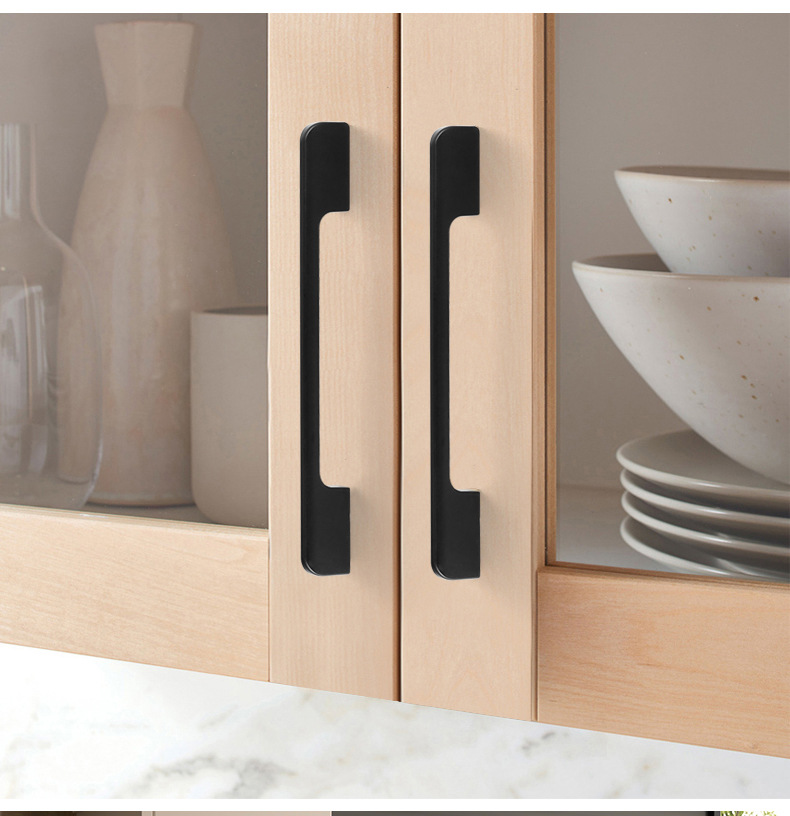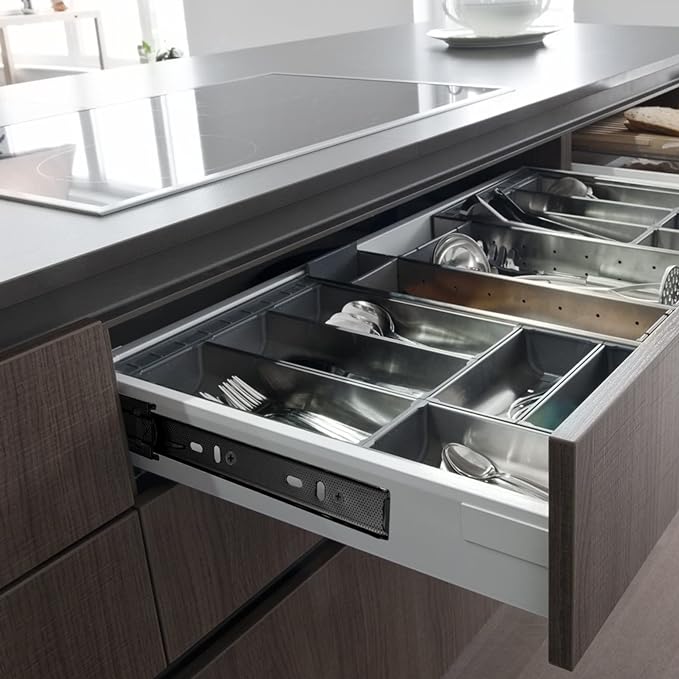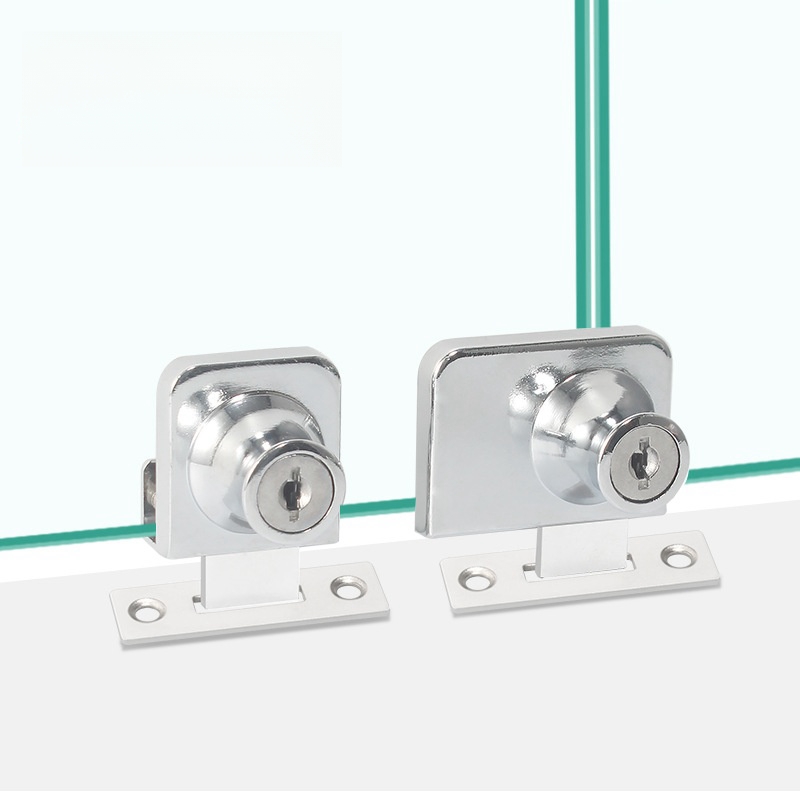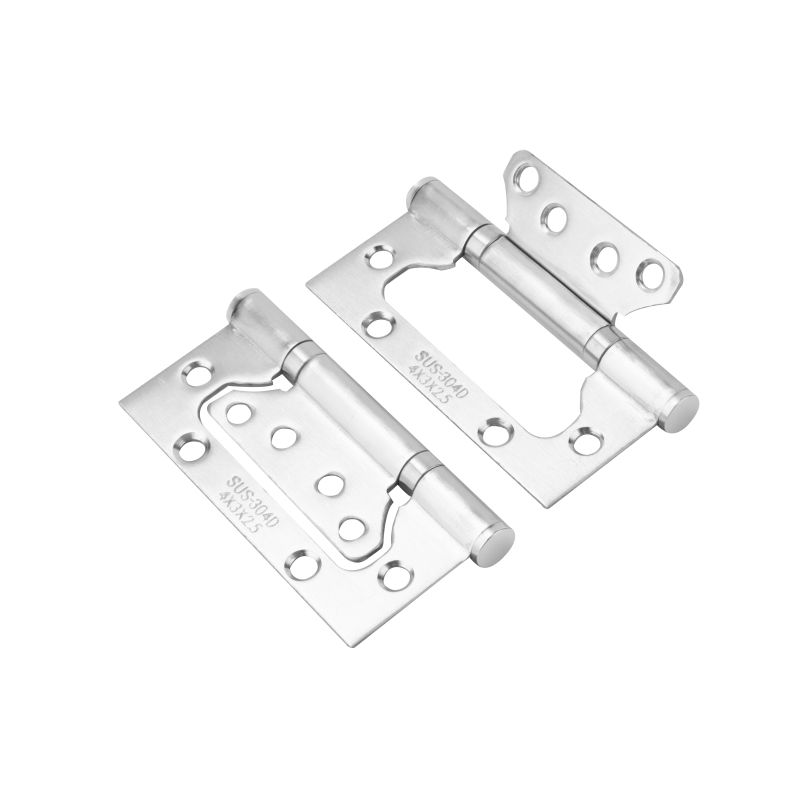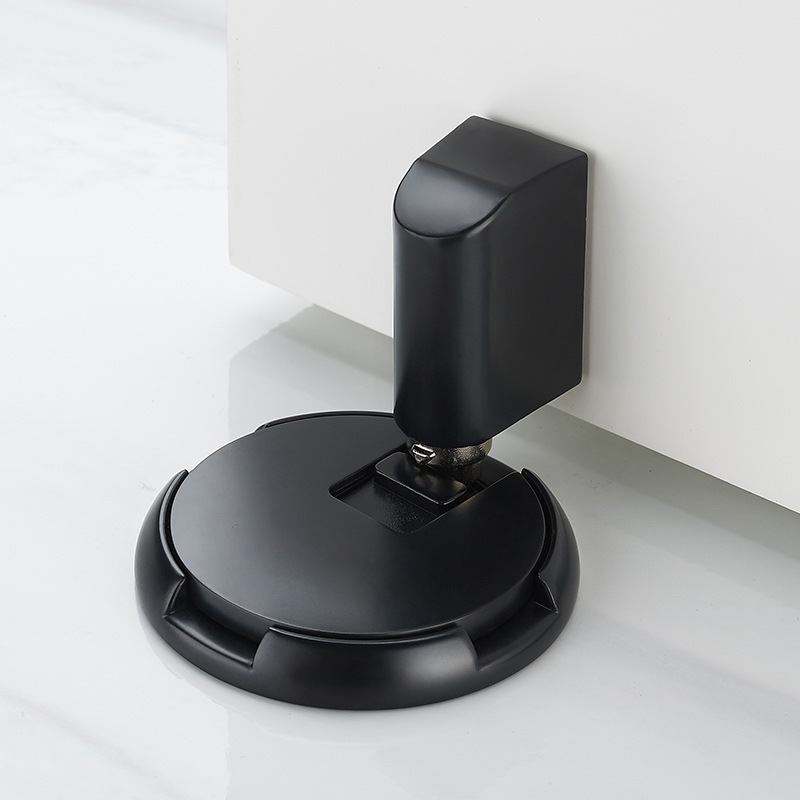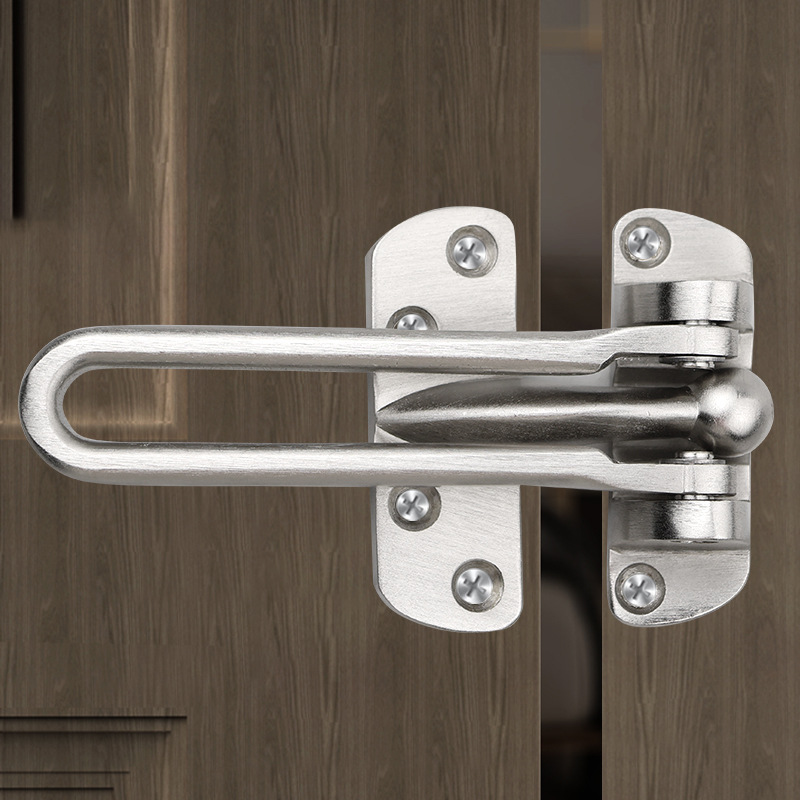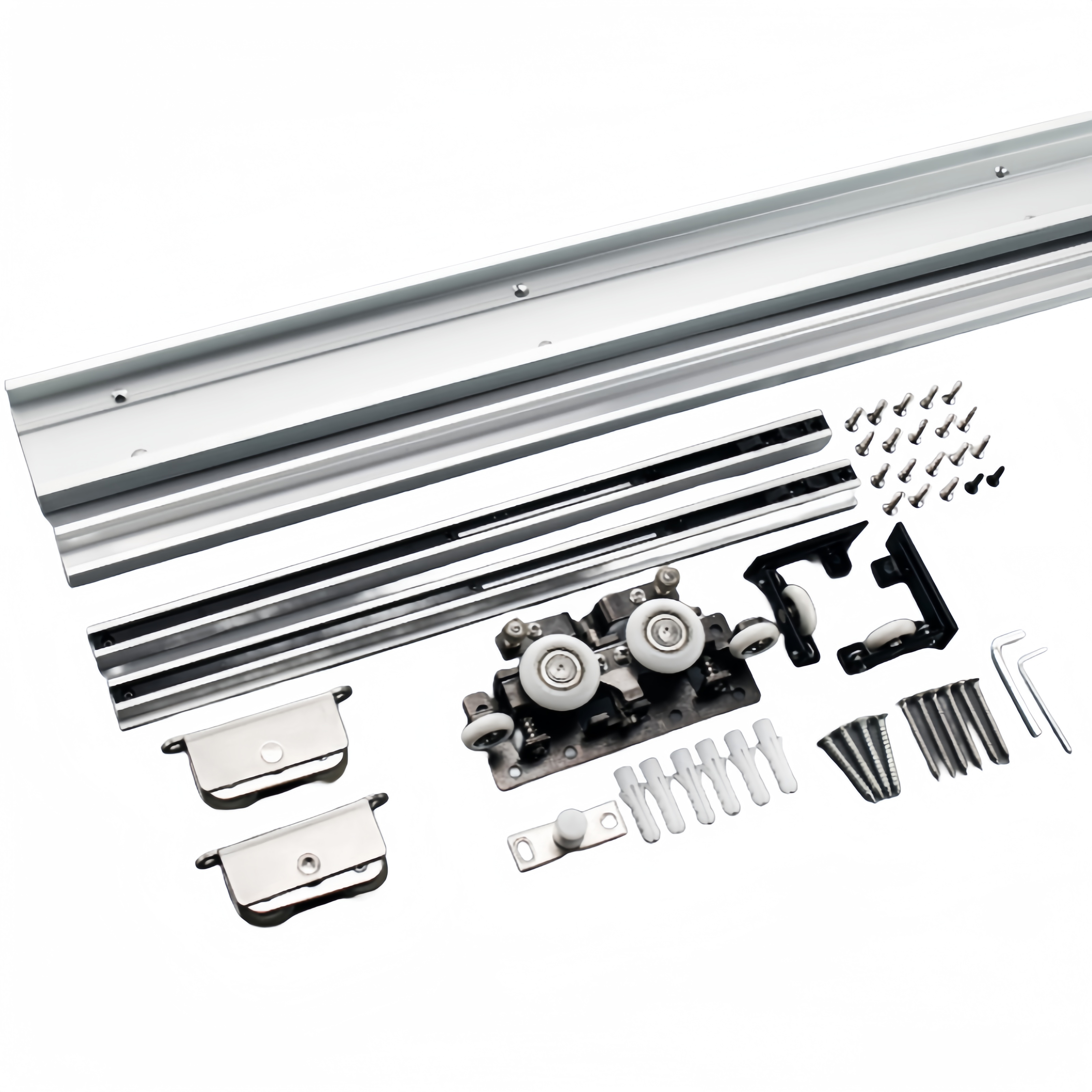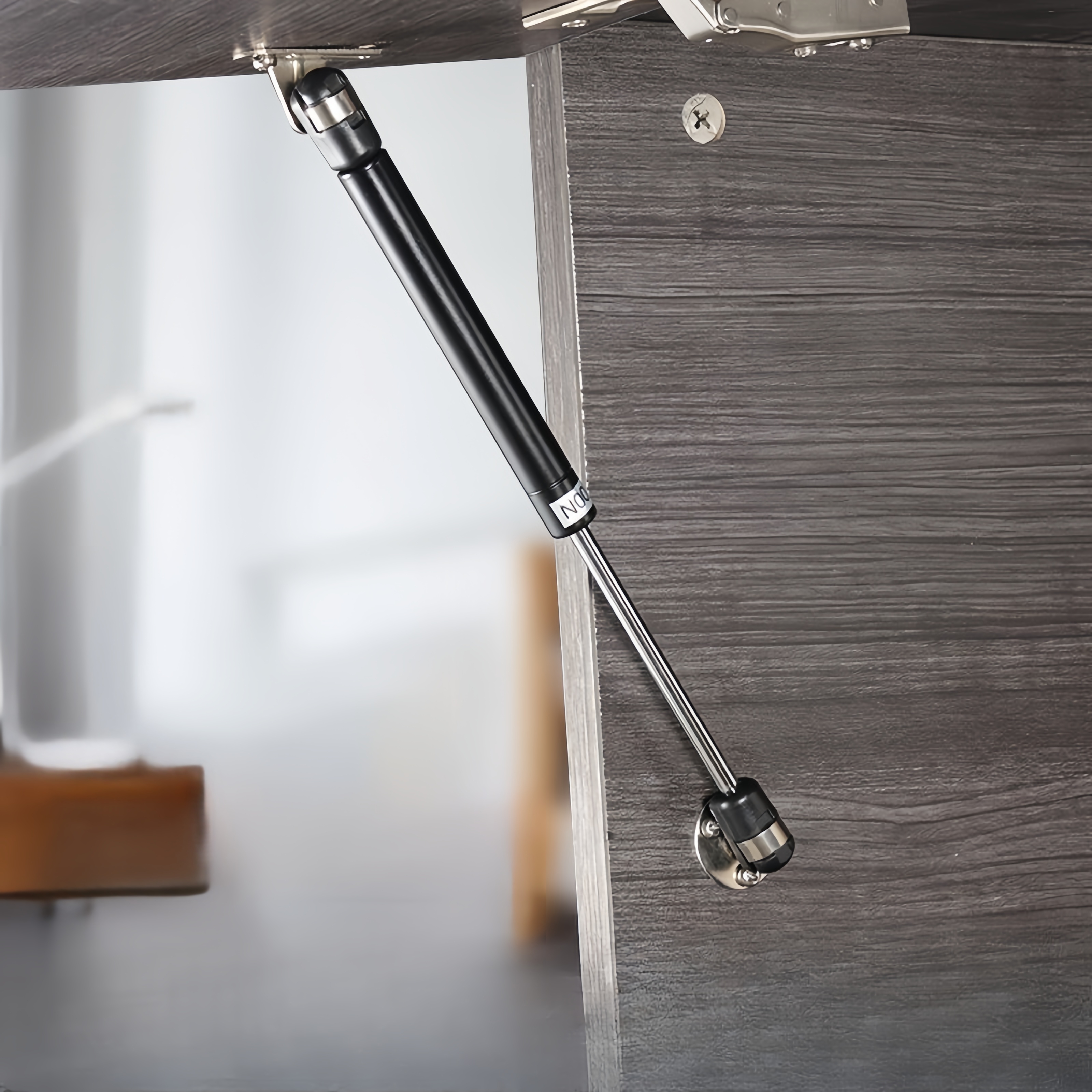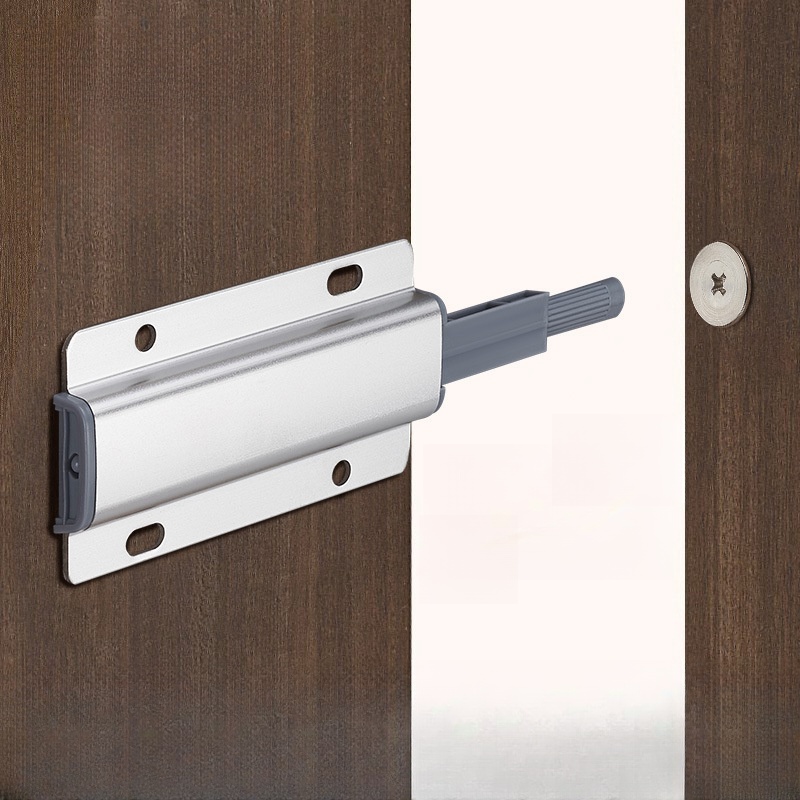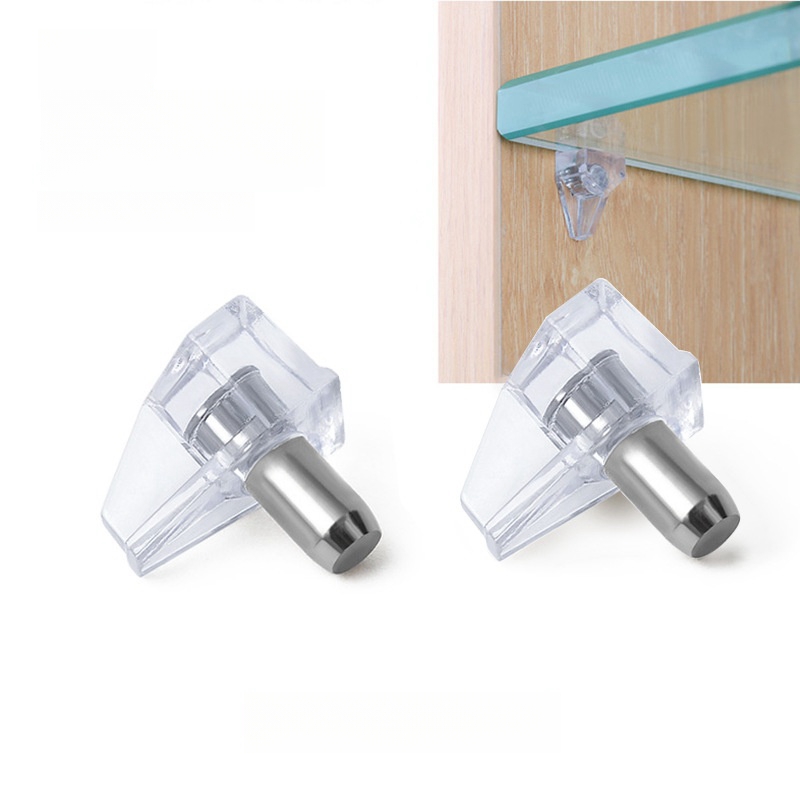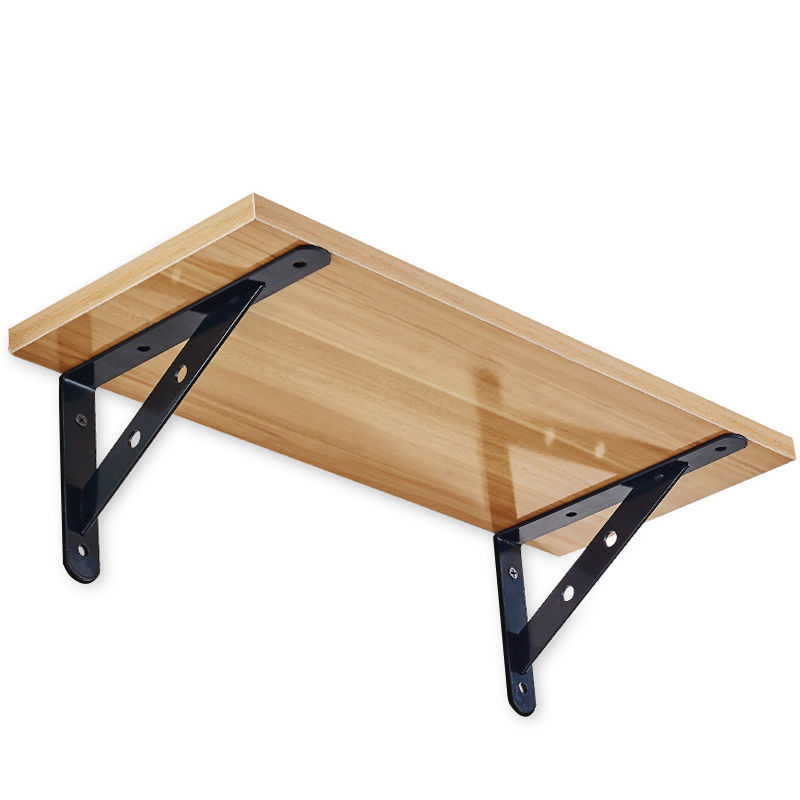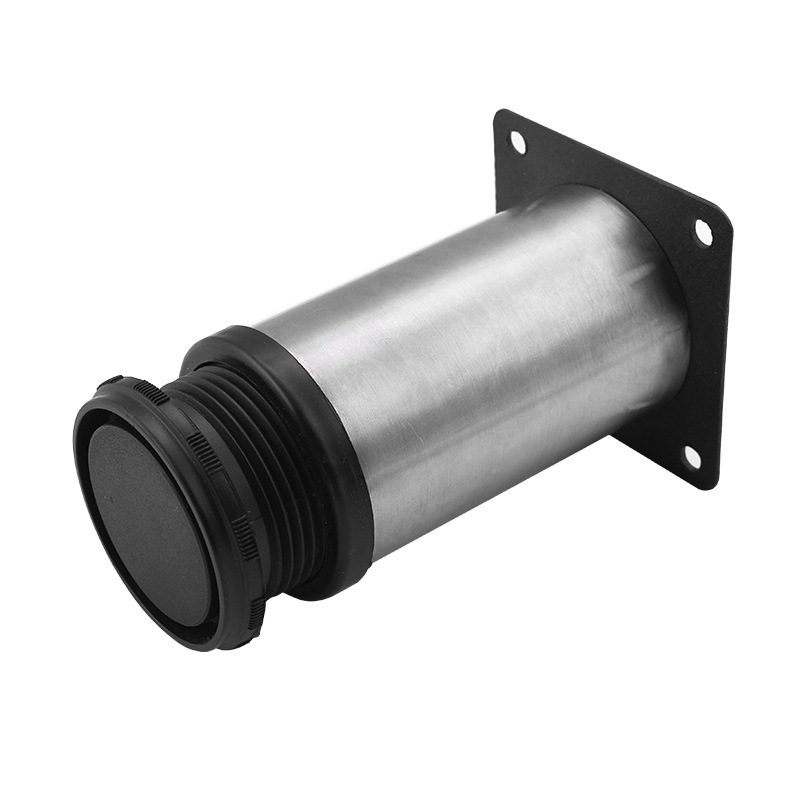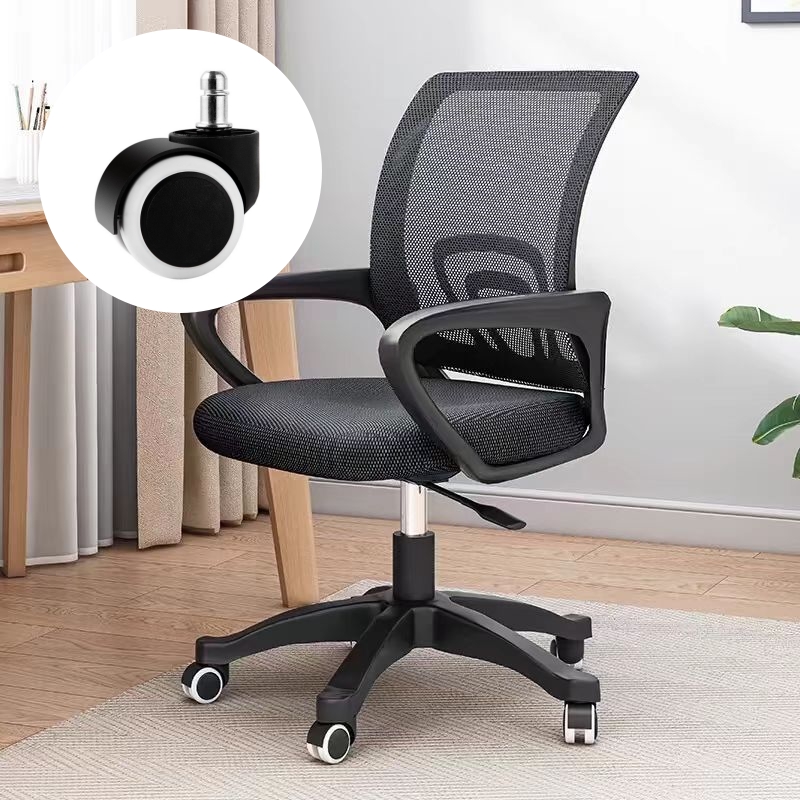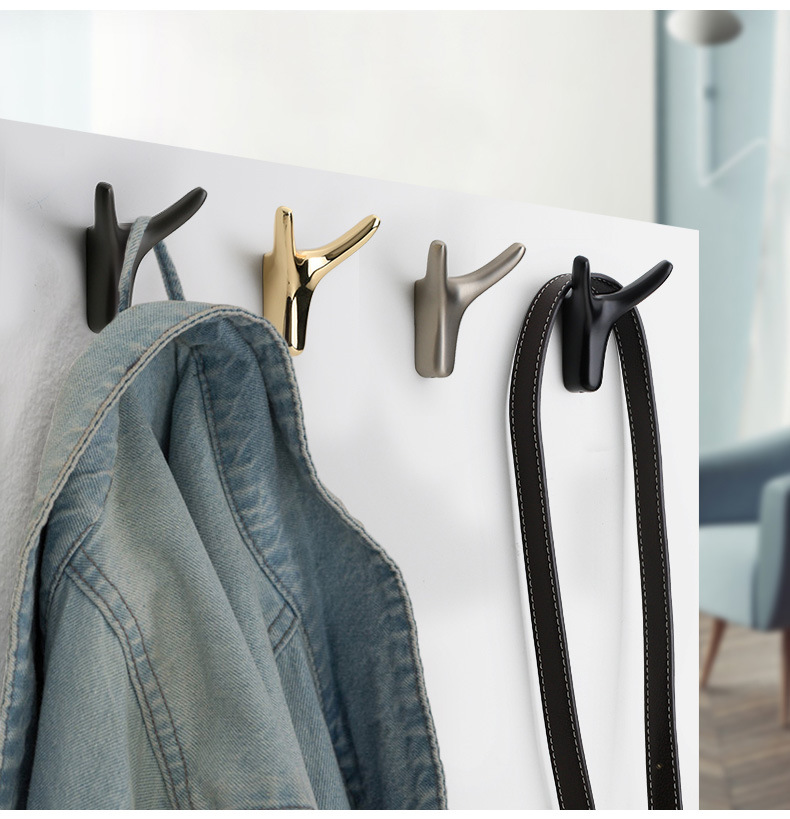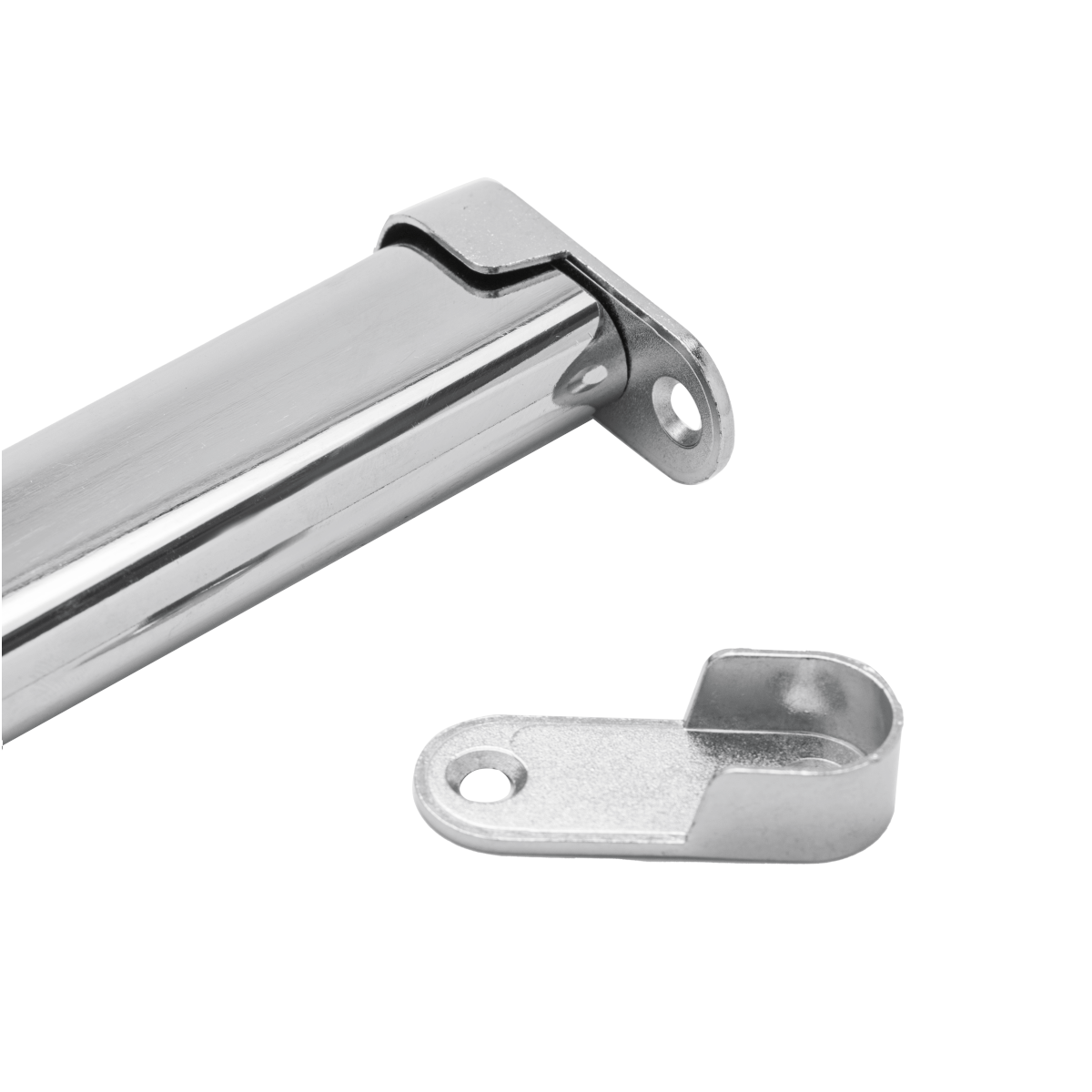
ABOUT
Guangzhou Toplink hardware Co., Ltd specialized in the production and export of furniture hardware fittings, with an experience of more than 14 years.
Our main products are drawer locks, cabinet hinges, sliding rails, cabinet handles, casters, cabinet legs and connecting fittings etc..
With a complete range of products, excellent performance and reasonable prices we have built up business with many customers all over the world.
We are committed to strict quality control and considerate customer service. We sincerely looking forward to becoming your best choice and the most reliable partner!
PRODUCTS
double door hardware parts diagram
Understanding the Core Components: Handles, Knobs, and Latches
At the heart of any double door hardware system lie the components that allow for opening and closing. This typically includes handles or knobs, and a latch mechanism. Double doors often feature two sets of these, one for each door. The choice between handles and knobs is usually a matter of personal preference and design style, with handles offering more leverage and knobs being more compact. Handles can be of various designs, from simple lever handles to elaborate pull handles, each adding its own aesthetic to the door. The latches, usually mortise latches, are responsible for securing the doors in a closed position. These often incorporate a latch bolt that extends into the door jamb when the door is closed, providing a basic level of security. The diagram will clearly illustrate the position and type of latch used in the particular door system.
The relationship between the handle/knob and the latch is key. The handle's movement is mechanically linked to the latch bolt, causing it to retract when the handle is operated, allowing the door to open. A high-quality double door hardware system ensures a smooth and reliable interaction between these two critical components. The diagram highlights this connection, showing how the internal mechanism works to translate the user's action into the opening and closing of the door.
Furthermore, some double door systems incorporate additional features such as deadbolts for enhanced security. These are usually separate mechanisms, distinct from the latch, and require a key to operate. The diagram will explicitly indicate the presence and location of any deadbolts included in the system.
The Synchronized Movement: Connecting the Doors
Unlike single doors, double doors require a system to ensure synchronized opening and closing. This is where components such as coordinated latching systems, center hinges, and sometimes, special connecting mechanisms come into play. The diagram is invaluable in understanding how these parts work together. A poorly designed or incorrectly installed system can lead to one door dragging or binding against the other, creating a frustrating and potentially damaging situation.
One common method for synchronization involves using a system of hinges and connecting rods. The diagram will clearly display these elements, showing how they are connected to each door and how they interact to control the movement of both doors simultaneously. Often, these connections are internal, concealed within the door frame and the doors themselves, making the diagram crucial for understanding the unseen mechanics. Furthermore, the type and number of hinges are vital for proper door operation and stability; these are clearly labelled and shown in their correct positions on the diagram.
Certain double door systems may incorporate a more sophisticated synchronization mechanism, involving specialized hardware such as floor guides or overhead tracks. These elements help to maintain alignment and prevent one door from interfering with the other. Again, a detailed diagram will be indispensable in understanding the specific mechanism used and its relationship with other components. This ensures that the installer or repair person can correctly identify the parts and the method by which they function together.
Beyond the Basics: Closers, Stops, and Thresholds
While handles, latches, and synchronization mechanisms form the core functionality, other elements enhance the performance and safety of the double door system. These include door closers, door stops, and thresholds. The double door hardware parts diagram should clearly illustrate these components and their positioning.
Door closers provide a controlled closing action, preventing slamming and extending the life of the hardware. Different types of closers exist, from surface-mounted to concealed models. The diagram will show the specific type used and its placement on the door. Furthermore, the adjustable settings on the closer (such as closing speed) are sometimes illustrated, providing important information for adjustments and maintenance.
Door stops prevent doors from swinging too far and potentially damaging the walls or other fixtures. These can be simple bumpers or more sophisticated magnetic stops. The diagram illustrates their positioning relative to the doors and the framing. Lastly, thresholds provide a smooth transition between the door and the floor, offering a weather seal in exterior applications. Their type and location are also clearly indicated on a comprehensive diagram. These details are crucial for proper installation and prevent future problems.
Using the Diagram for Installation, Maintenance, and Repair
Ultimately, the value of a double door hardware parts diagram lies in its practical application. Whether you are installing a new system, maintaining an existing one, or troubleshooting a malfunction, the diagram serves as your essential guide. It simplifies the complex system, allowing you to easily identify each component and understand its function within the larger assembly.
For installation, the diagram provides a visual roadmap, ensuring that each part is placed correctly and connected to its counterparts. This minimizes the risk of errors and guarantees smooth operation. During maintenance, the diagram facilitates quick identification of worn or damaged components, allowing for timely repairs or replacements. Finally, when troubleshooting malfunctions, the diagram enables you to systematically check the connections and functionality of each part, efficiently pinpointing the source of the problem.
In conclusion, a clear and detailed double door hardware parts diagram is not merely a visual aid; it's an indispensable tool for anyone working with double doors. It unlocks the complexity of this intricate system, offering clarity and practicality for installation, maintenance, and repair. By providing a comprehensive visual representation of all components and their interrelationships, it ensures the smooth and efficient operation of double doors for years to come.
SUBSCRIBE
INQUIRY
